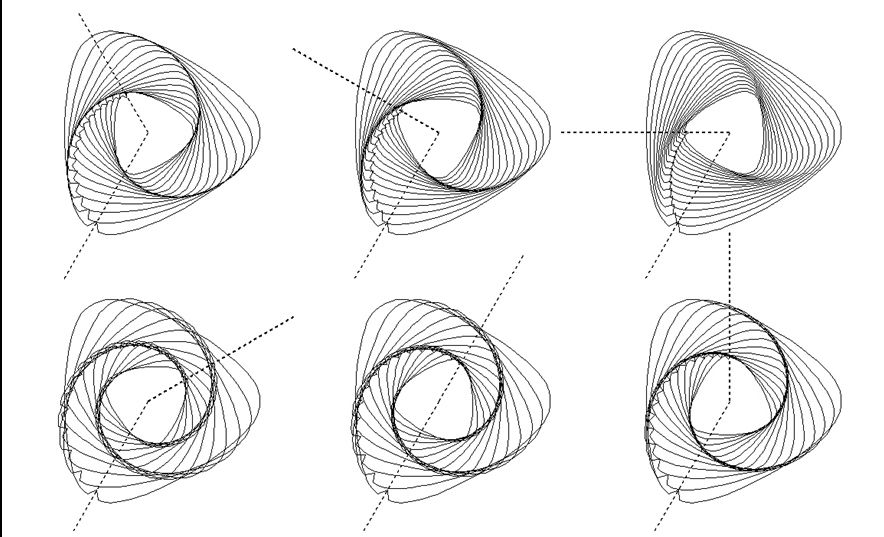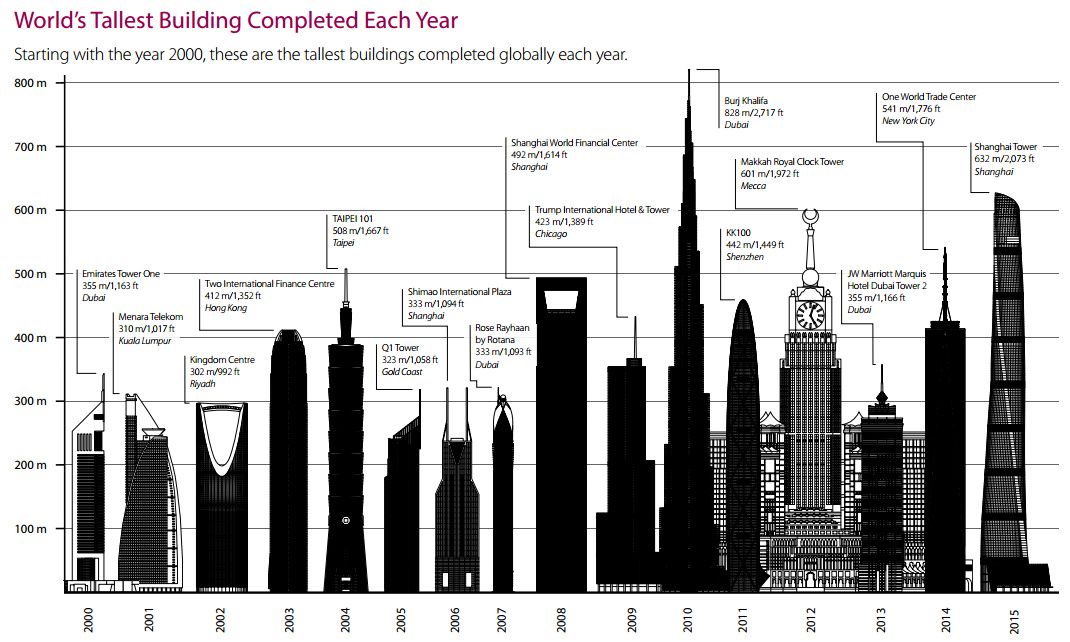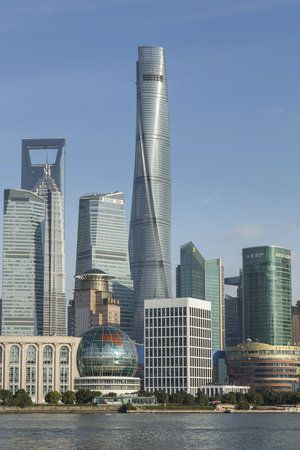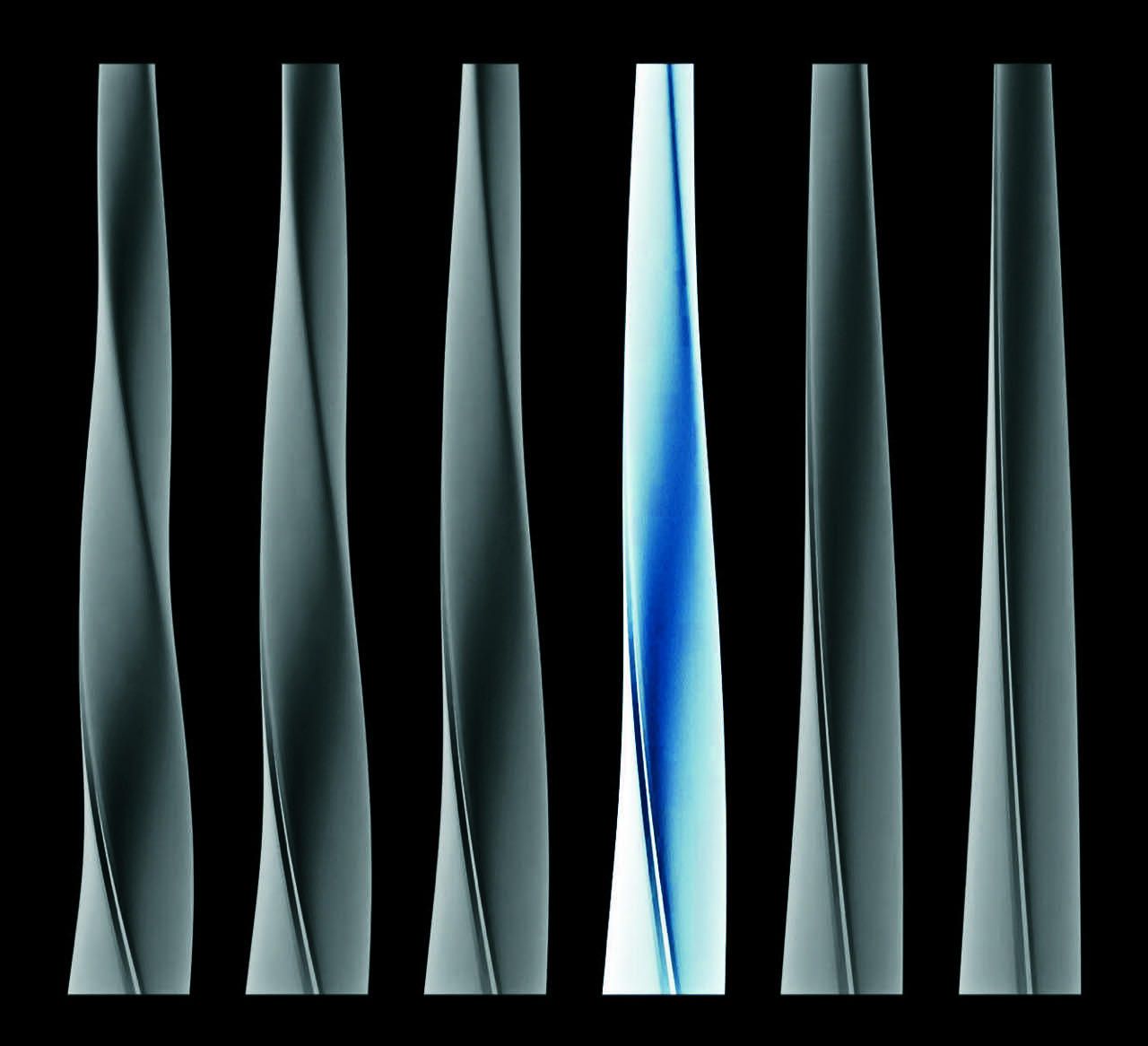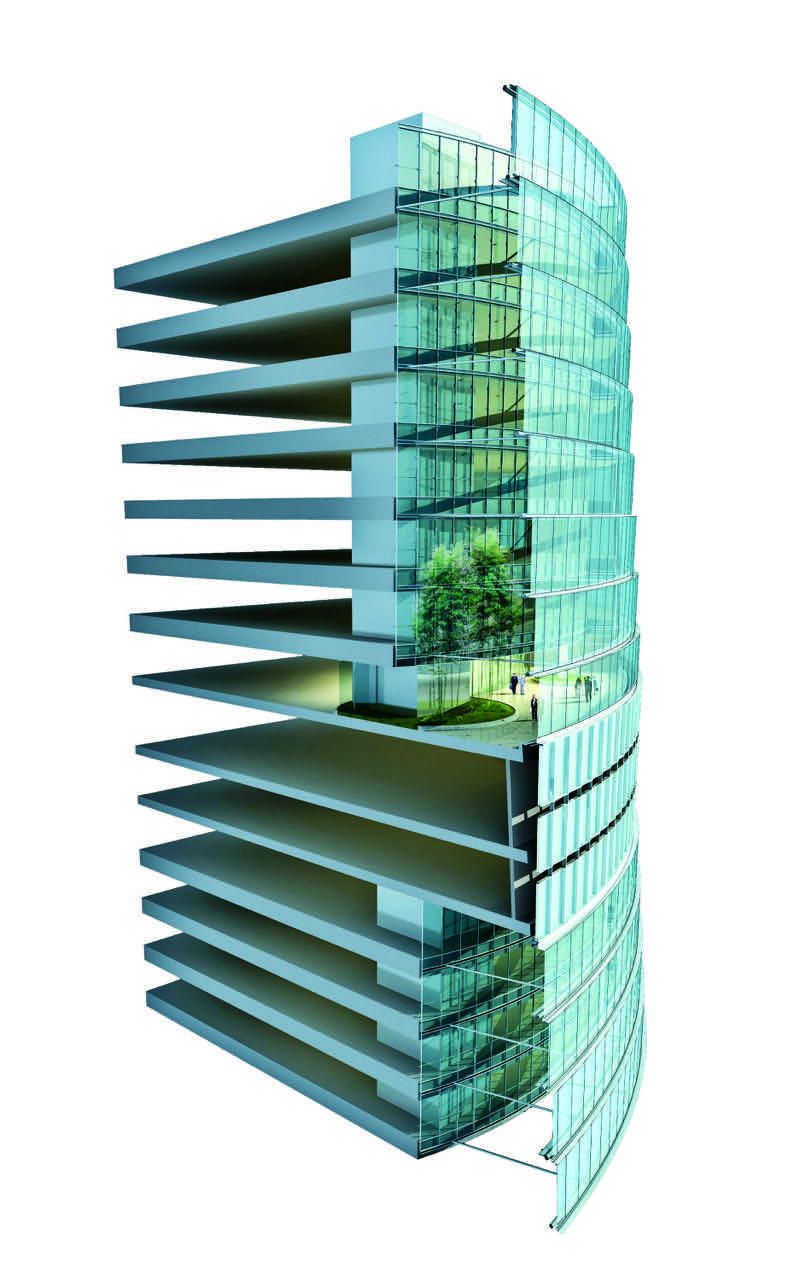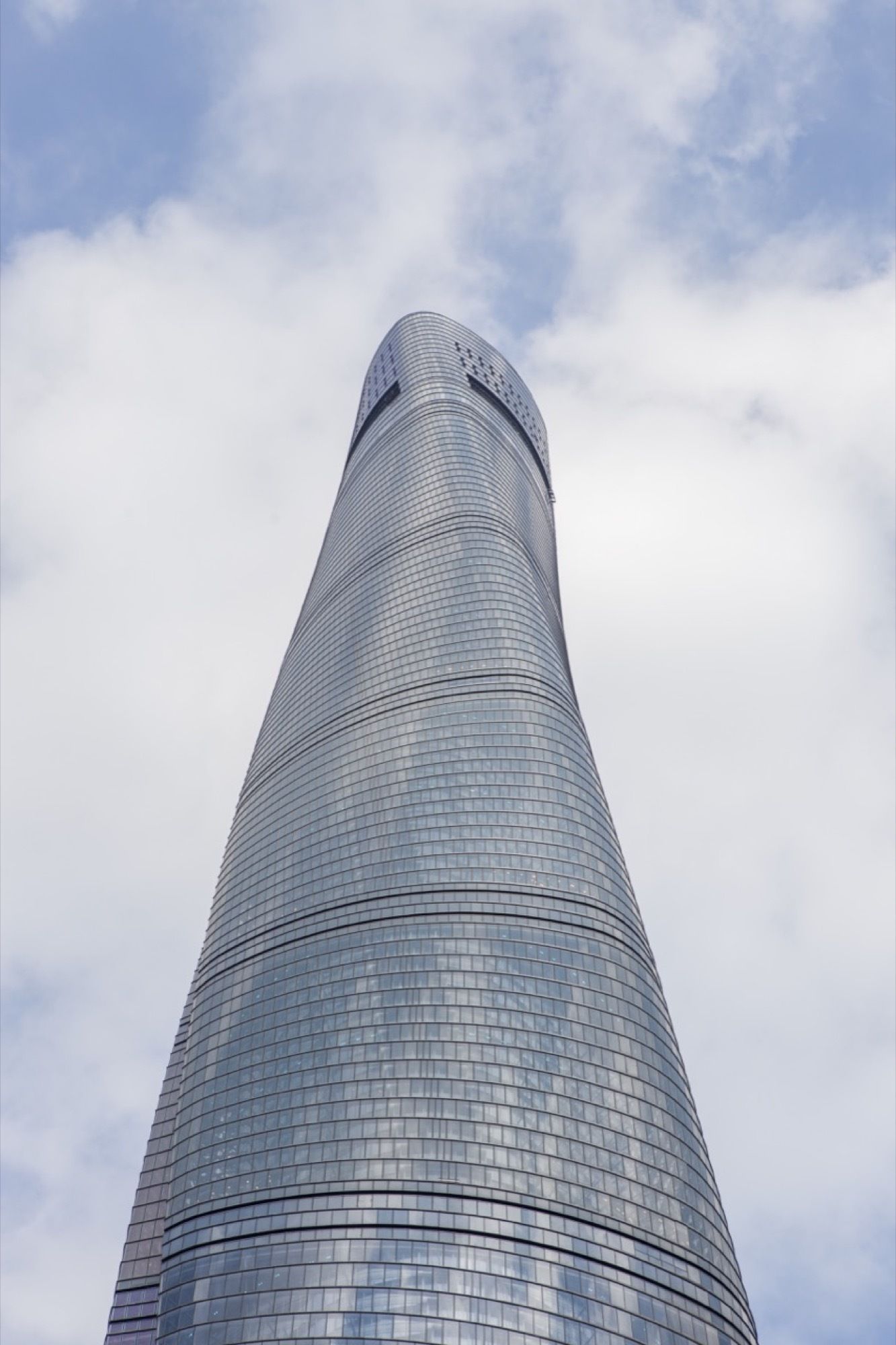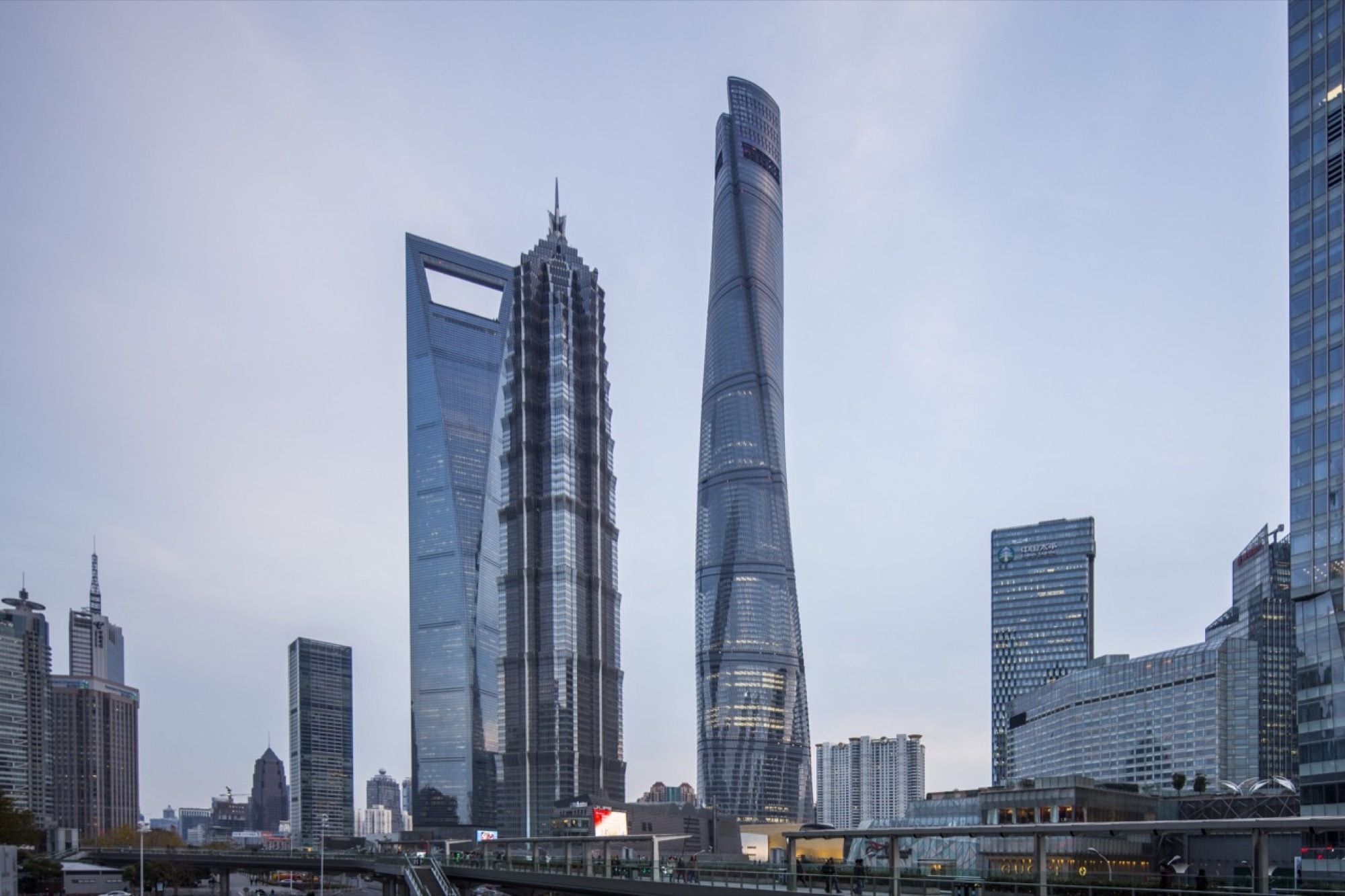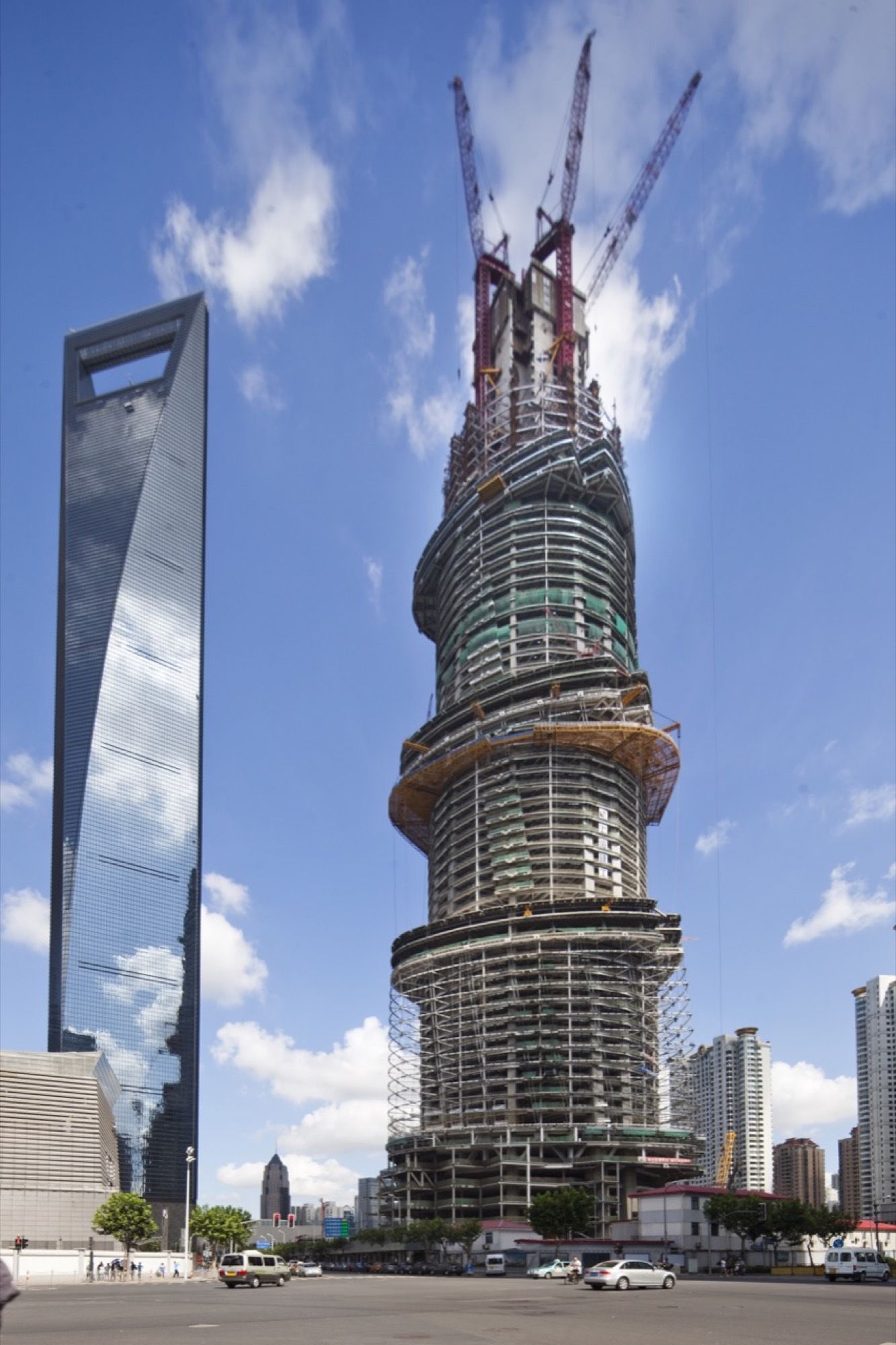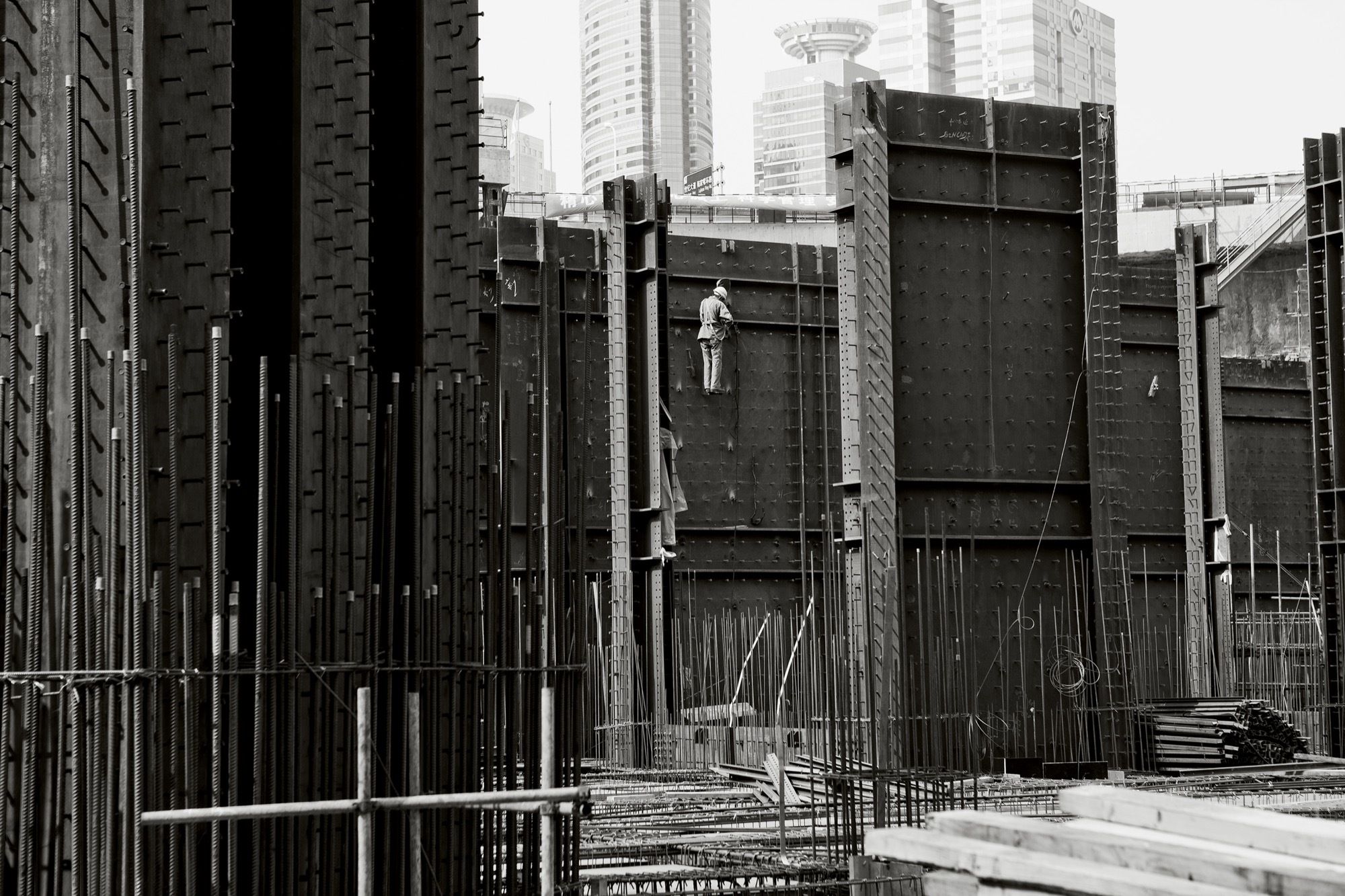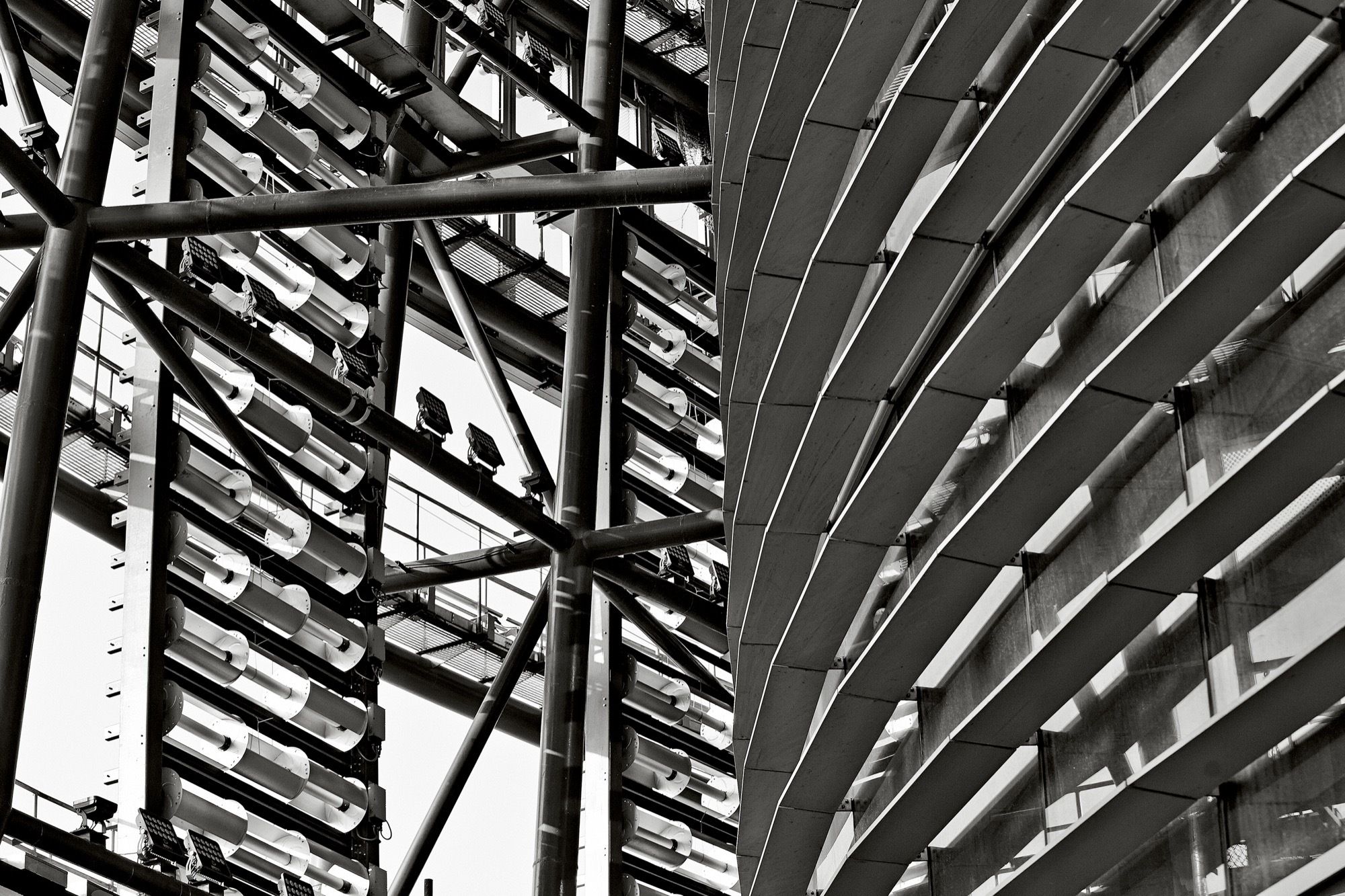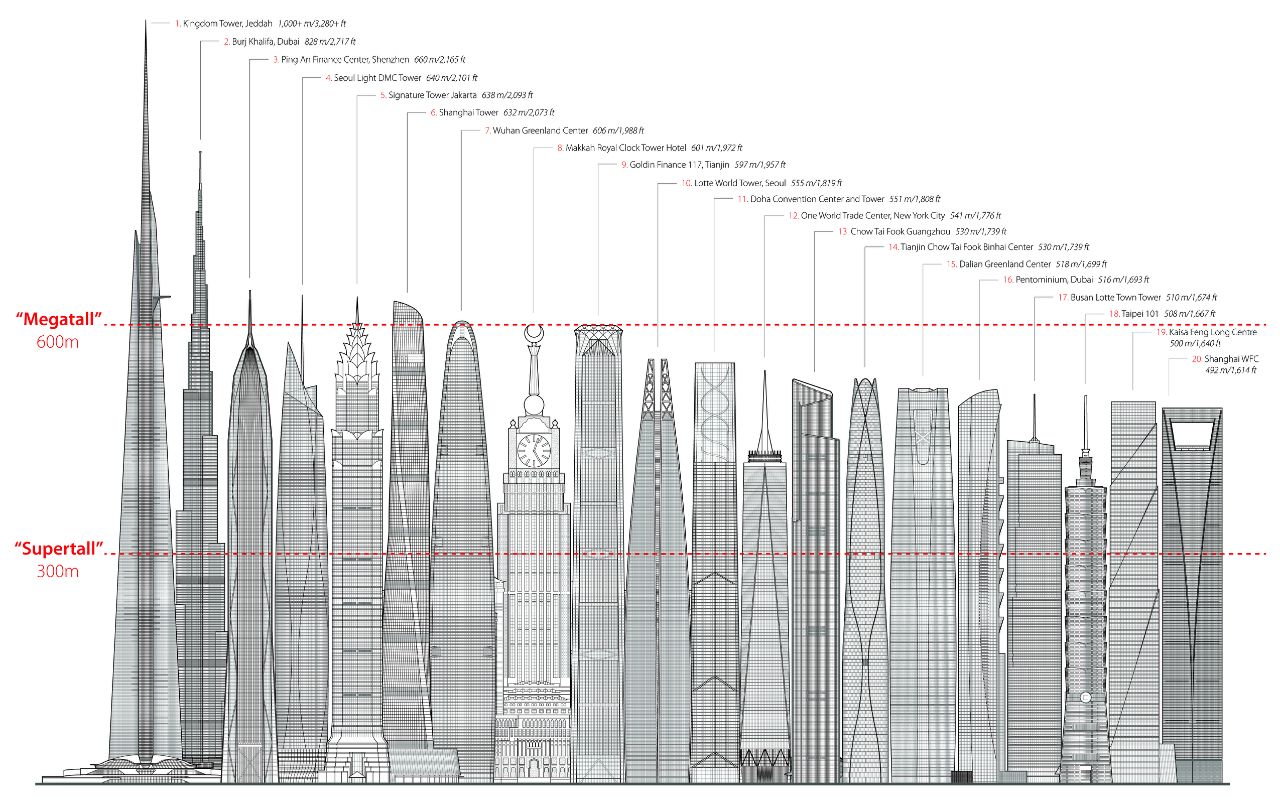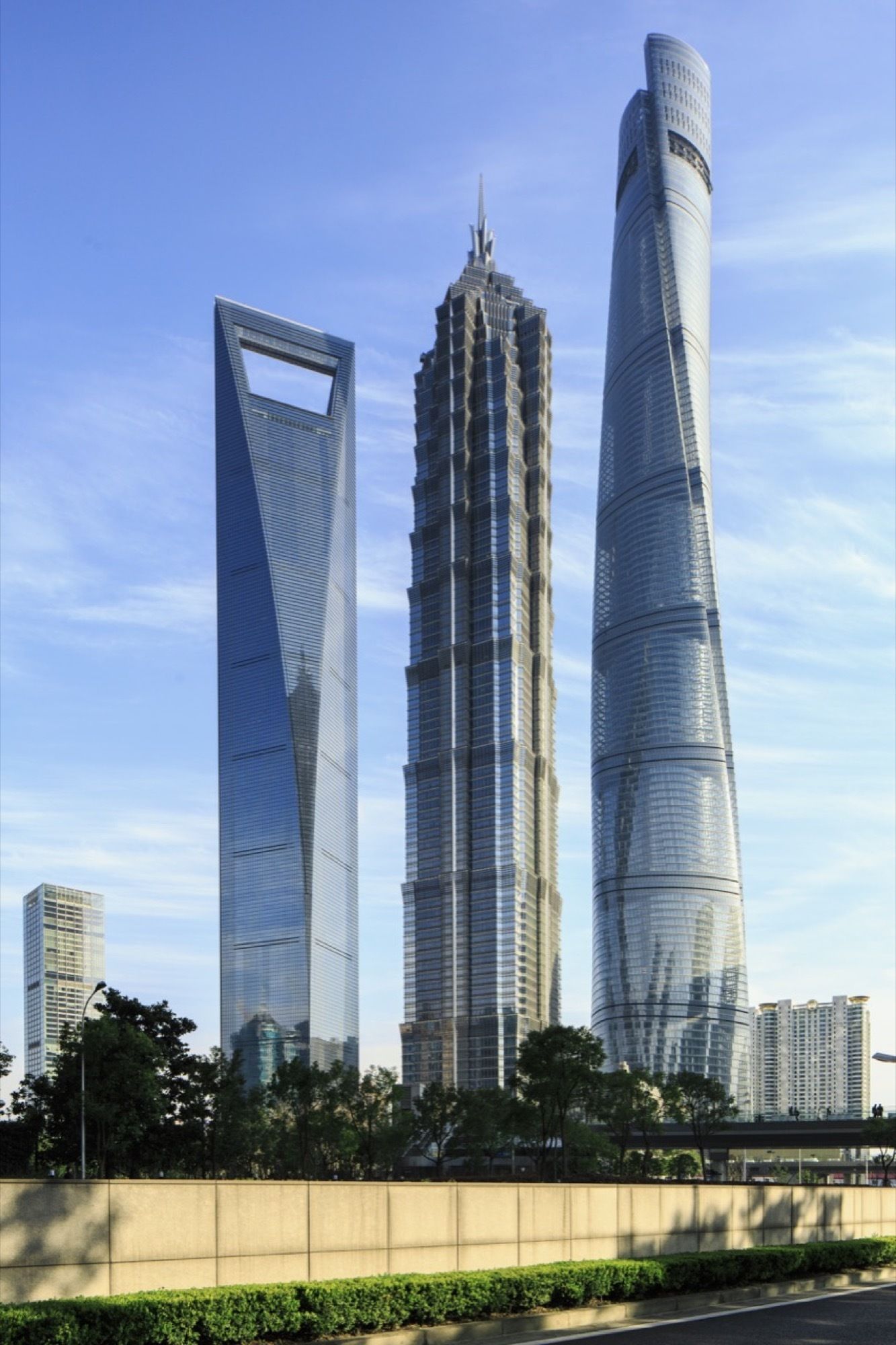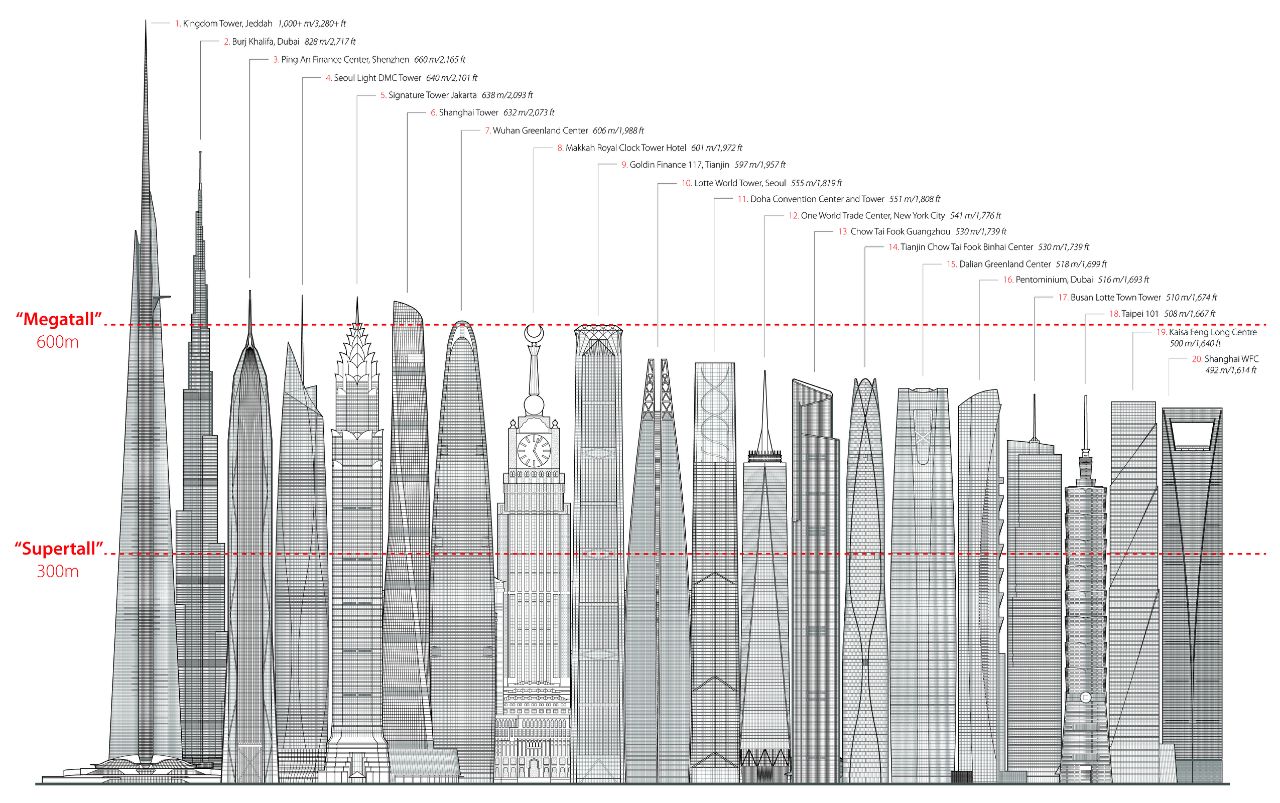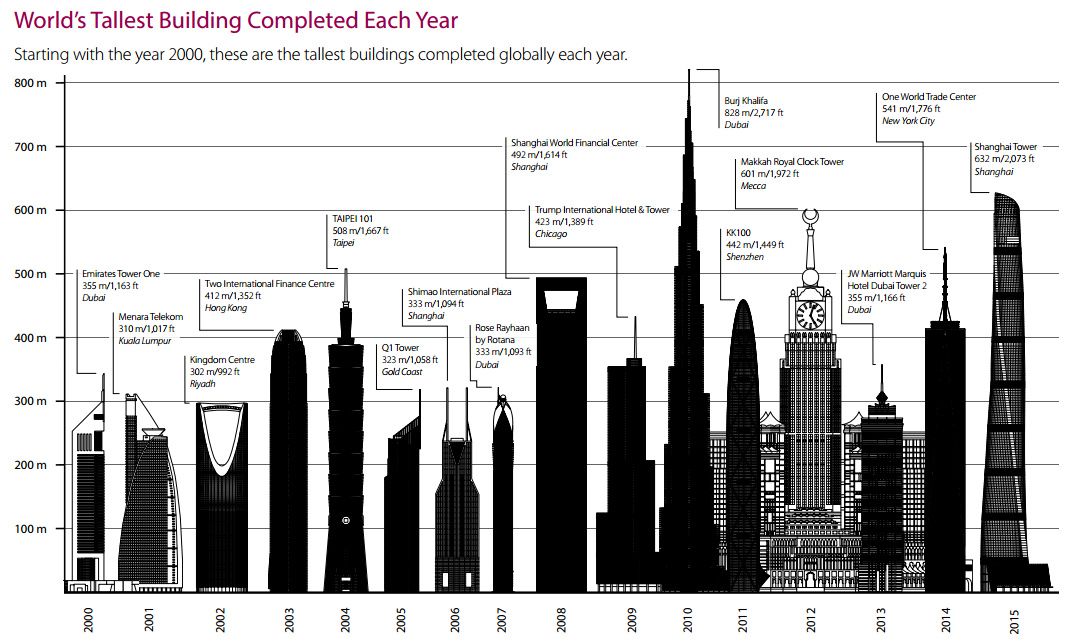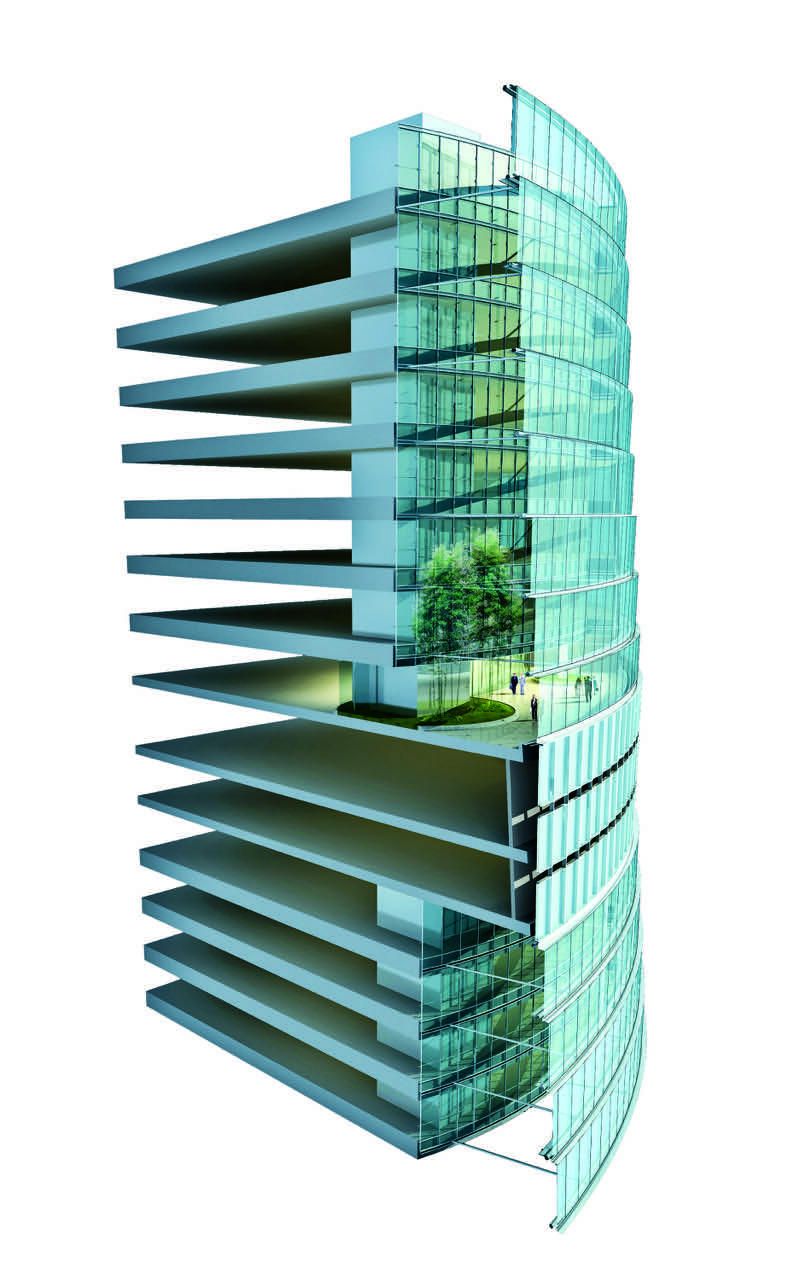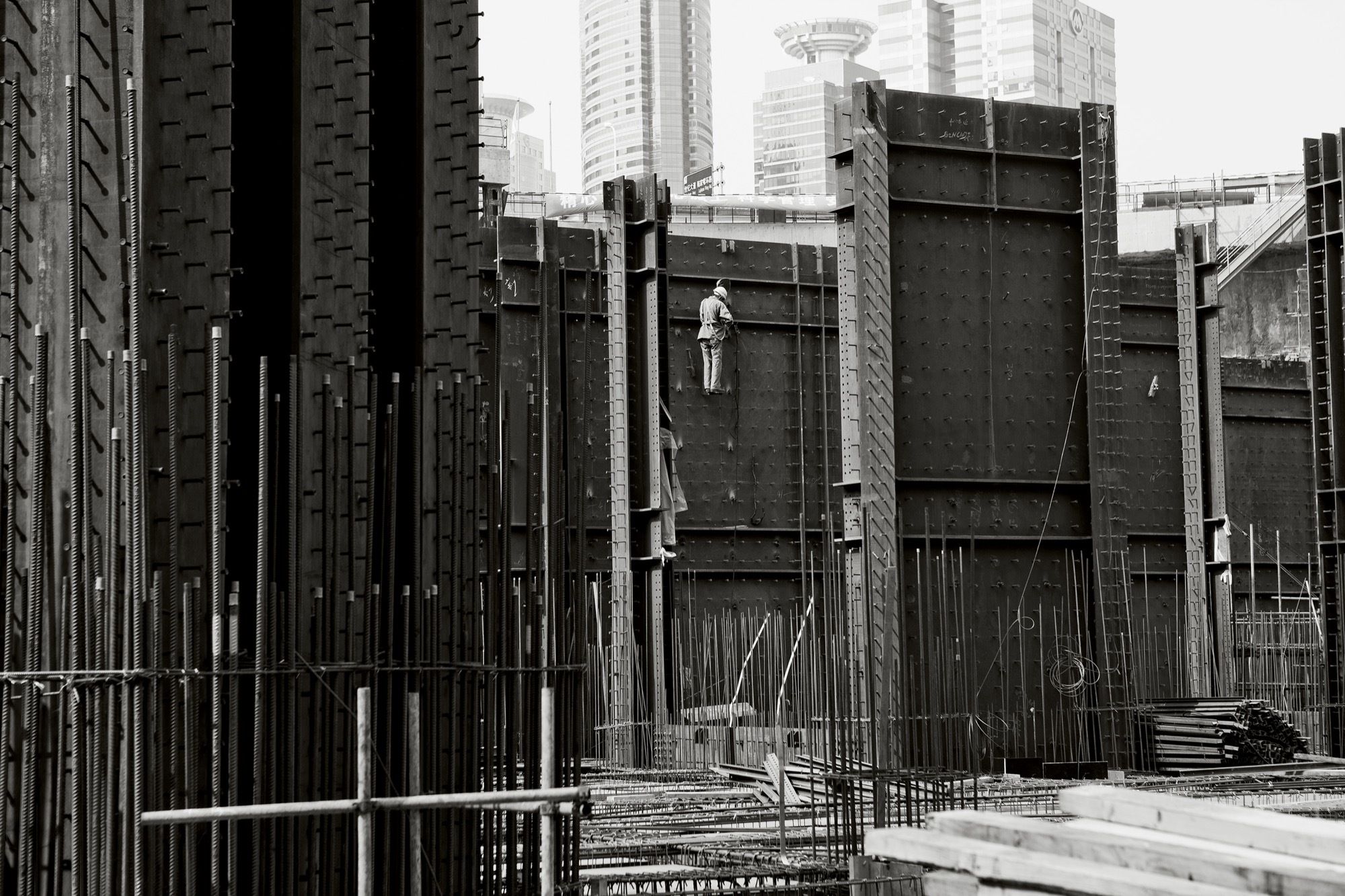BIM implementation in Shanghai Tower: China recently witnessed an architectural revolution especially in skyscrapers and stadium construction. China outdid its expectations and has the largest number of skyscrapers. Among this list of the top 22 tallest buildings in the world, 10 skyscrapers are in China! One of these buildings is the Shanghai tower, a mega tall skyscraper with more than 600-meter height. This structure is the tallest tower in China and the second tallest building in the world.
What is the biggest tower in China?
BIM implementation in Shanghai Tower: China recently witnesses an architectural revolution especially in skyscrapers and stadium construction. It is expected in 2015 that 106 buildings of 200 meters or greater will be completed in China. One of these buildings is the Shanghai tower, a mega tall skyscraper with more than 600-meter height. This structure will be the tallest tower in China and the second tallest building in the world.
Read more:
1. Record-breaker: ‘Shanghai Tower’ The World’s Second Tallest Building Completed in Shanghai
2. Piercing the Sky – What is the Tallest Building in the World?
3. Jeddah Tower: 10 Things to Know About The World’s Tallest Building in 2020
The design and construction process of a mega tall tower is a very difficult and complicated project. Such projects need proficient qualified project management that can coordinate effectively between the different teams. The tower is a considerable example of successful outstanding management for this type of skyscraper.
What is inside Shanghai Tower?
The tower is a multi-functional building. It includes nine different functional zones with 7 structural systems and more than 30 electrical, mechanical, and intelligent subsystems. It is a complicated structure that requires a large number of specialists and professions in different disciplines to come together. Hence, the project employed more than 30 consulting companies in architectural structure, mechanical and electrical engineering, fire protection, and curtain wall design. It also contracted with a dozen of subcontractors in foundation, structure, and machinery.
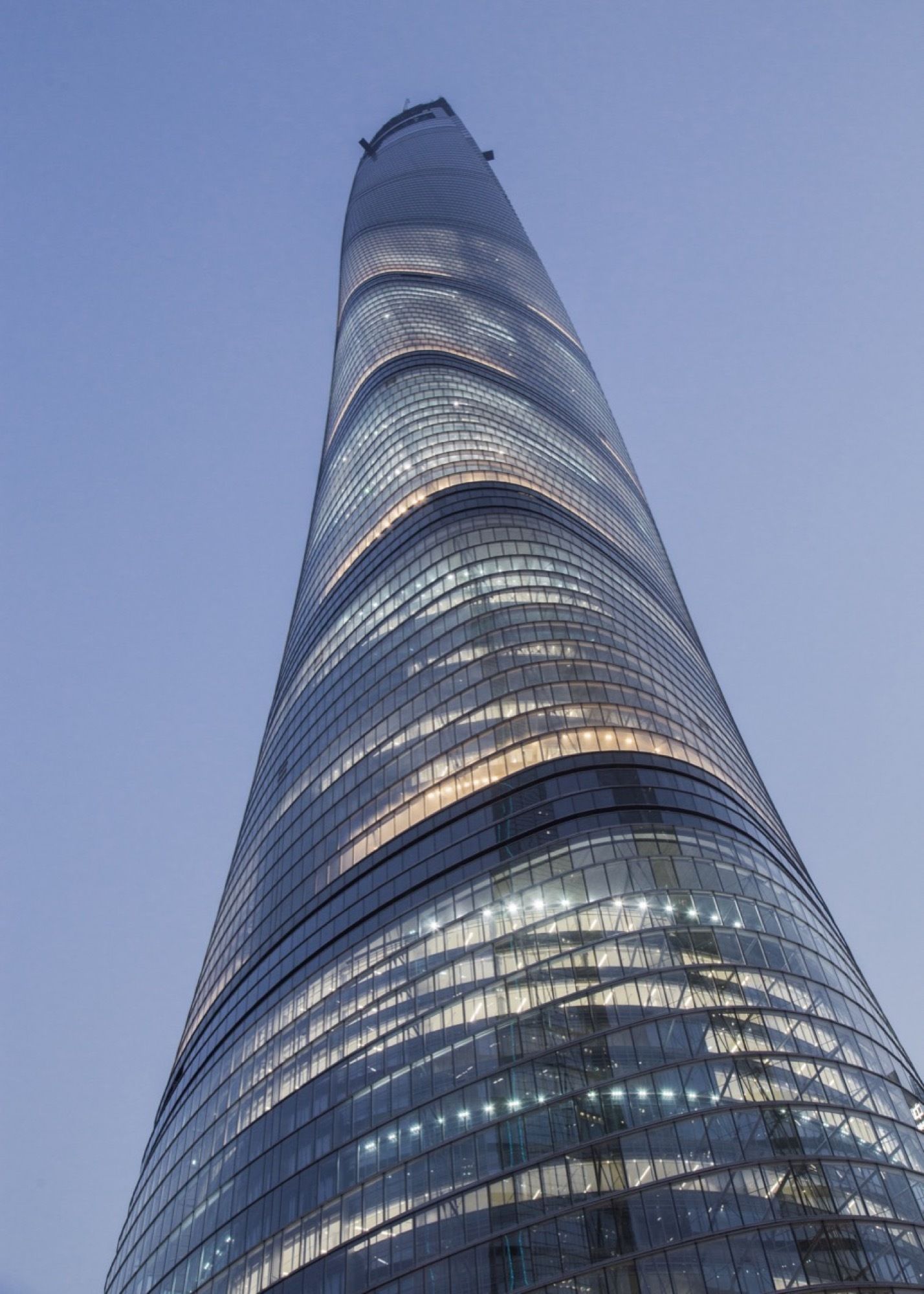
photograph by © Gensler/Shen Zhonghai
This huge number of employees and specialists put the project managers in front of a challenge to find an effective strategy for the coordination system. They search for an effective information technology that achieves a flexible unison between all disciplines through one unified platform. For this goal, they adopted BIM technology.
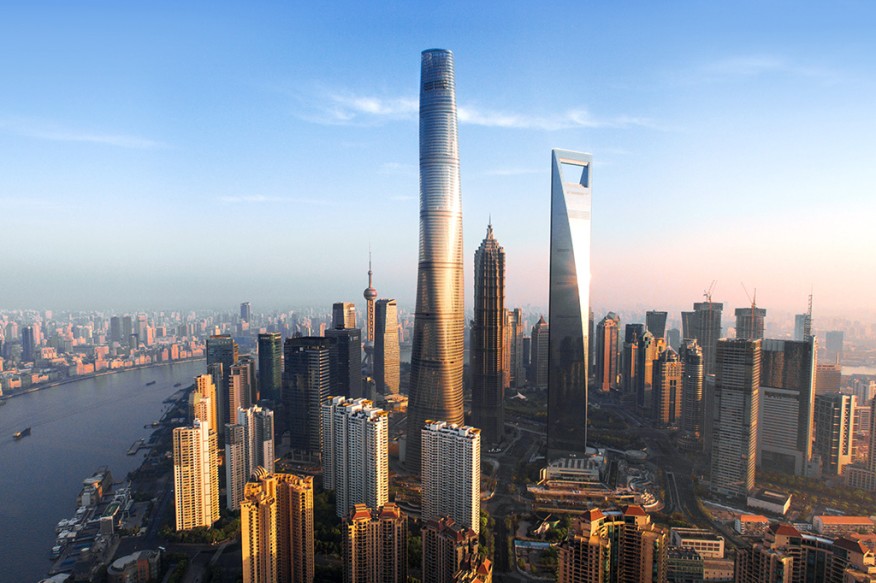
Courtesy of Gensler
Building Background
The tower is located in Lujiazui district, in Pudong, and is considered one of the leading financial centers in East Asia. Gensler Company designed the tower through an international multi-staged design competition. The tower is considered one of three distinct buildings that present the past, present, and future of Shanghai city. The design was inspired by Shanghai traditions, and its spiraling form presents the dynamic emergence of modern China.
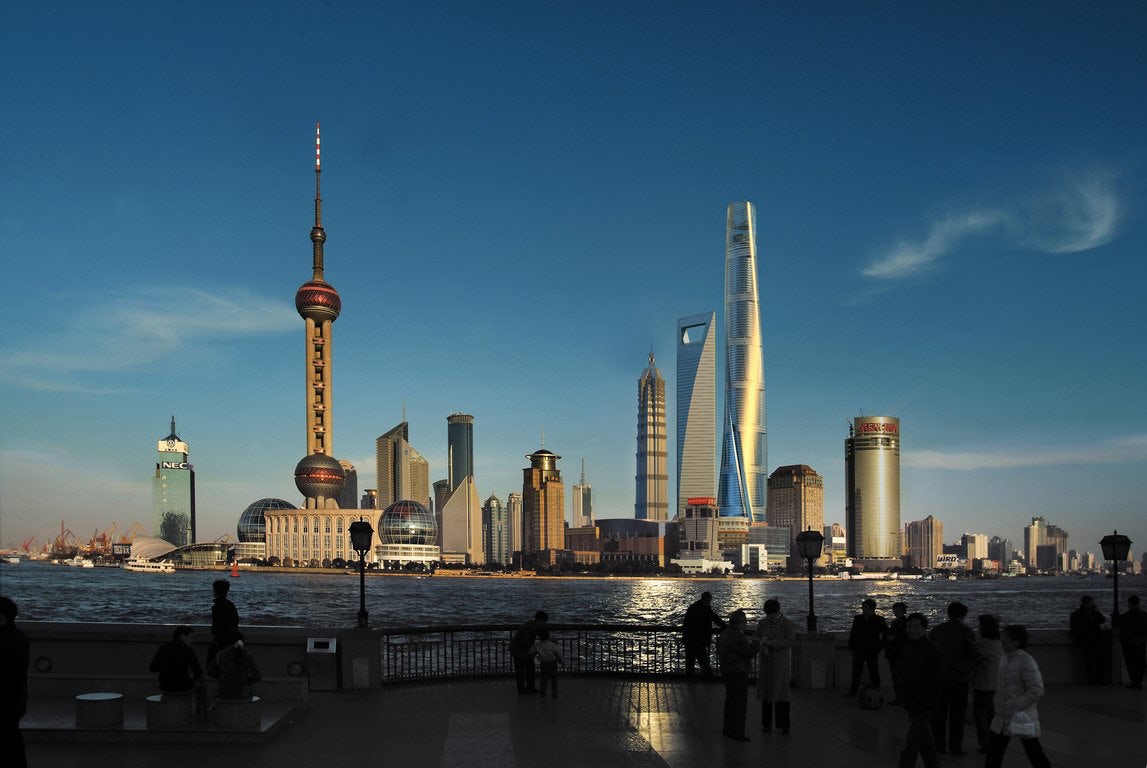
photograph by © Gensler/Shen Zhonghai
The tower is 632 meters in height with 121 stories. It vertically divided into 9 functional zones, each zone rises 12 to 15 floors with a public space balcony within curtain walls. The lowest ground zone occupied by an open market that connects the tower with the surrounded activities and Shanghai’s Metro, whereas the podium zone involves stores and restaurants. The offices occupy the middle zone while the hotel was placed at the top with the observation deck. The construction of the building started in 2009 and it is predicted to be opened in 2015.
Overview of BIM Implementation
As we know, BIM technology has proven lately valuable efficiency in the systematization of different construction projects mainly in collaboration, coordination, and sharing data. It unifies the platform for all disciplines to share their design files. It is an effective information system that creates a database for all design and construction phases.
This database considers the DNA of the building and can be a reference for future maintenance and development. For that reason, Shanghai’s Tower Construction & Development decided to employ this technology in operating the design, structure, and construction processes of the tower. Jianping Gu, director and general manager of the company explains, “We knew that if we tried to work in a traditional way, using traditional tools and delivery systems, it would be extremely difficult to carry out this project successfully.”
Accordingly, the BIM application system was implemented and run since the first phase of the project at the end of 2008. Autodesk applications were chosen for the system by applying Revit Architecture, Structure, and MEP software for the design and documentation processes. Whereas Autodesk Naviswork Manage software was used to facilitate the coordination between the employees.
Ecotect Analysis was also utilized for environmental analysis. In addition, Autodesk Consulting implemented an on-site BIM environment for the local team and afforded training and support services. “By combining Autodesk’s BIM technology and the deep expertise of Autodesk Consulting, we have been able to successfully transition to BIM much faster. As a result, this project has set new standards for the information management of construction projects in China,” says Gu.
Shanghai Tower’s Geometry
The flowing spiraling form of the tower was generated from a rounded triangular plan. This rounded triangle was derived from the relationship between the curved bank of Huangpu River, Jin Mao Tower, and the Shanghai World Financial Center. This attractive and distinctive form will be a milestone in Shanghai city for representing China as a global financial power.
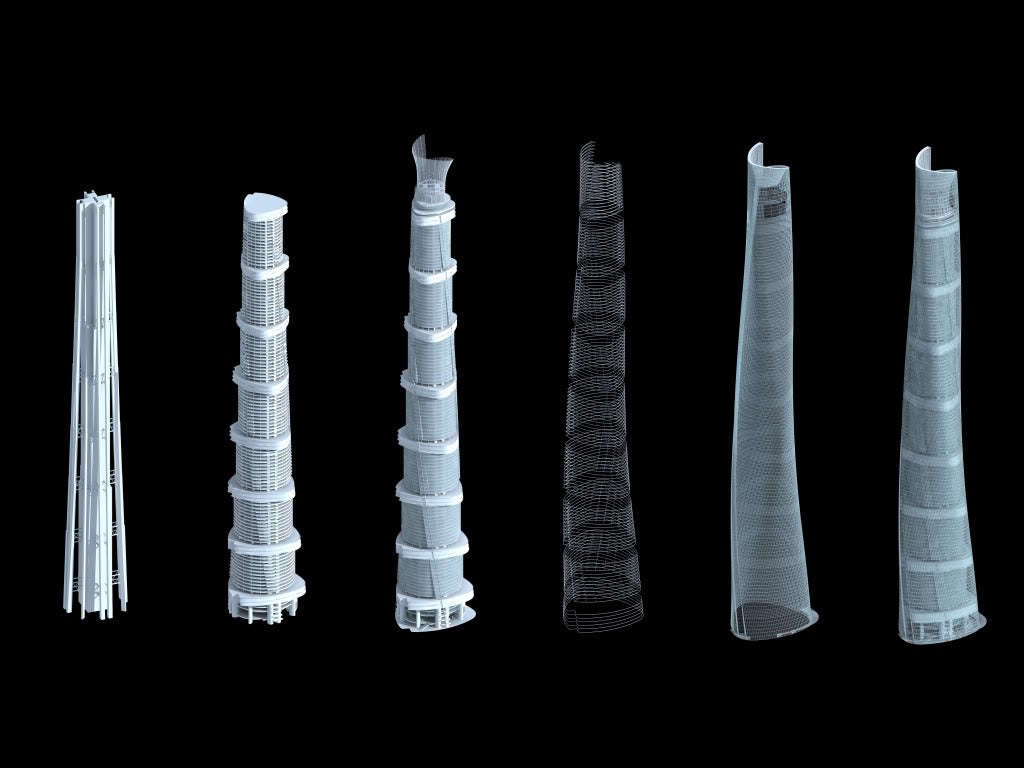
Detail
Gensler Company designed the tower according to three main components that are parametrically modified and twisted:
1. Horizontal Profile:
It is shaped like an equilateral triangle with smooth edges derived from two tangential curves. There are two variables that shaped the profile: The radius of the large circle and its location to the center of the equilateral triangle.
2. Vertical Profile:
It is modeled by tapering the ground horizontal profile with the upper one, which resulted in a right circular cone. The taper operation supported the function of the building. The wide lower profile afforded wide spans for the market and offices, whereas the slender upper plans provided short spans for the hotel.
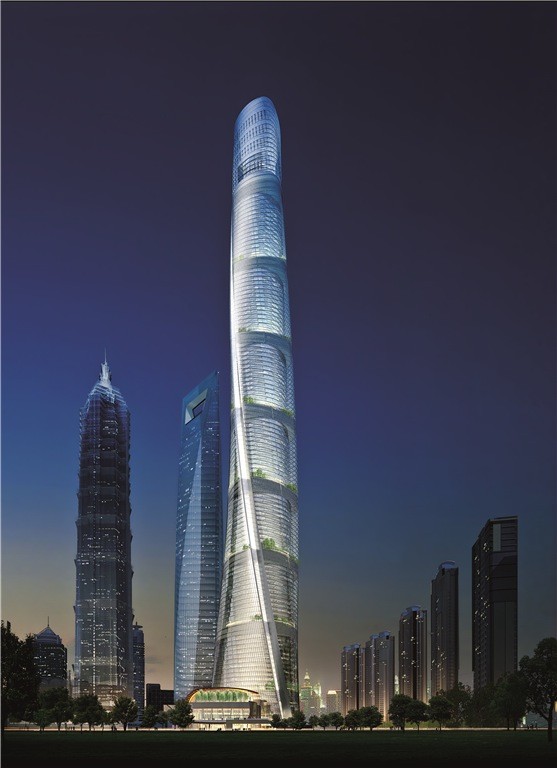
Courtesy of Gensler
3. Rate of Twist:
It is a linear rotation operation from the base to the top. This process used different rotation angles to find out the best angle for the design.
The design team generated a number of alternatives for the geometry depending on two variables: the percentage of tapering operation and the angle of a twisting process. They built two models with different scales; 1:85 and 1:500. These models were examined by Wind Tunnel Test to determine the best alternative design that can bear the wind loads.
The test concluded that the form should be tapered 55% and twisted 120o. These values create a geometry that reduces 24% in structural wind loads and cladding pressure and saves 50 $ million USD from the structure budget. After all, we notice that the design process of the Shanghai tower was not simple and effortless. It is undergone many studies and experiments that resulted in a light elegant transparent tower that achieved 32% saving of the estimated materials for its construction.
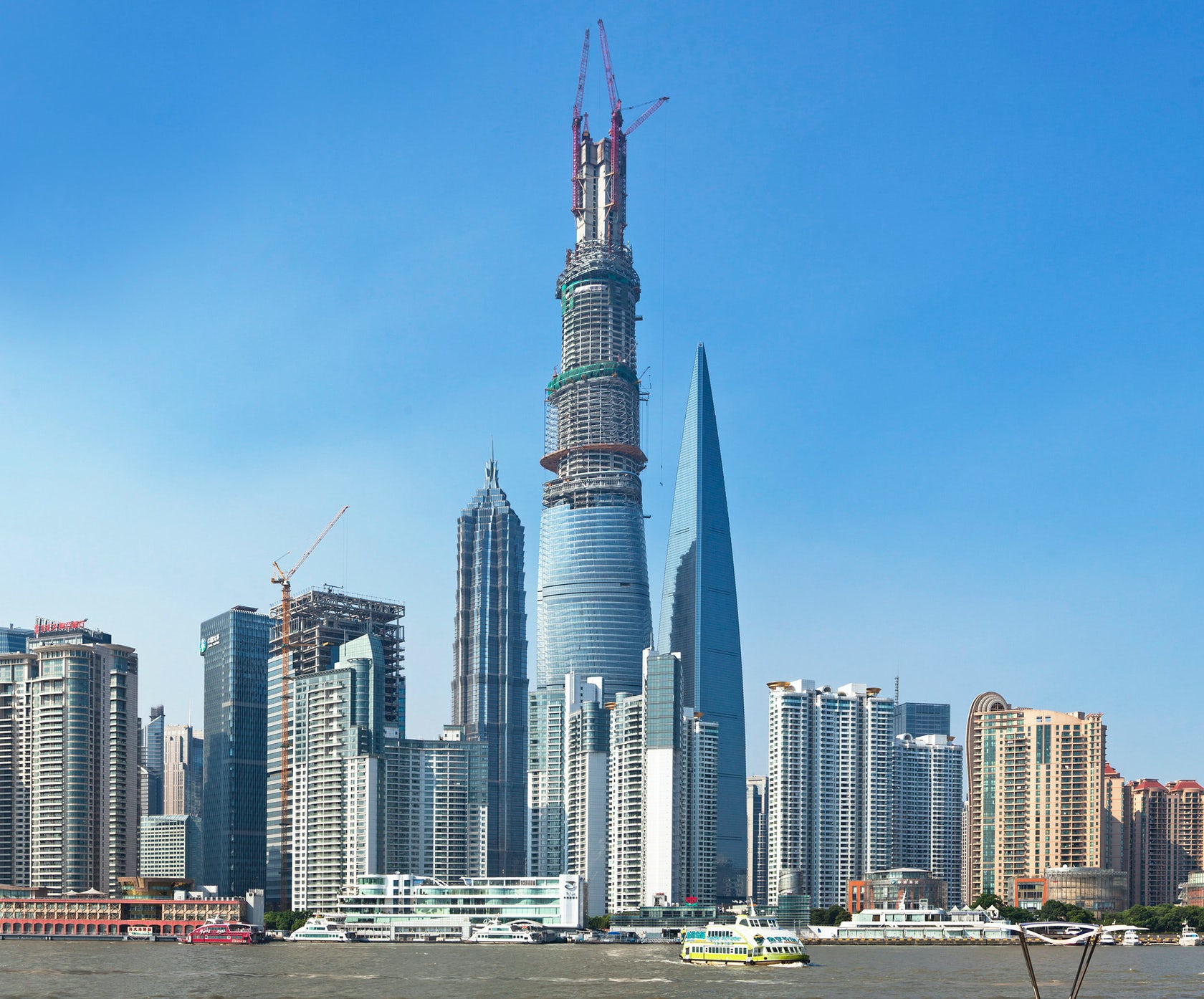
Courtsey of Gensler
- [i] Safarik, Daniel, Antony Woods, Marty Carver, and Marshall Gerometta. “An All-Time Record 97 Buildings of 200 Meters or Higher Completed in 2014.” CTBUH 2014 Year in Review Report, The Council on Tall Buildings and Urban Habitat, (2014). www.ctbuh.org
- [ii] Ge, Qing. “BIM Applications in the Shanghai Tower Construction.” CTBUH 2012 9th World Congress, Council on Tall Buildings and Urban Habitat, Shanghai, China (2012).
- [iii] Gensler. “Design Update of Shanghai Tower.” Gensler Publications, (2010) www.gensler.com
- [iv] The Skyscrapers Center. “Shanghai Tower.” The Global Data Base of CTBUH,(2015). www.skyscraperscenter.com
- [v] Autodesk. “Rising the New Heights with BIM.” Autodesk. Inc, (2012). www.autodesk.com/bim.
- [vi] Zeljic, Aleksandar. “Shanghai Tower, Façade Design Process.” 2010 International Conference on Building Envelope Systems and Technologies, Vancouver, Canada, (2010).
